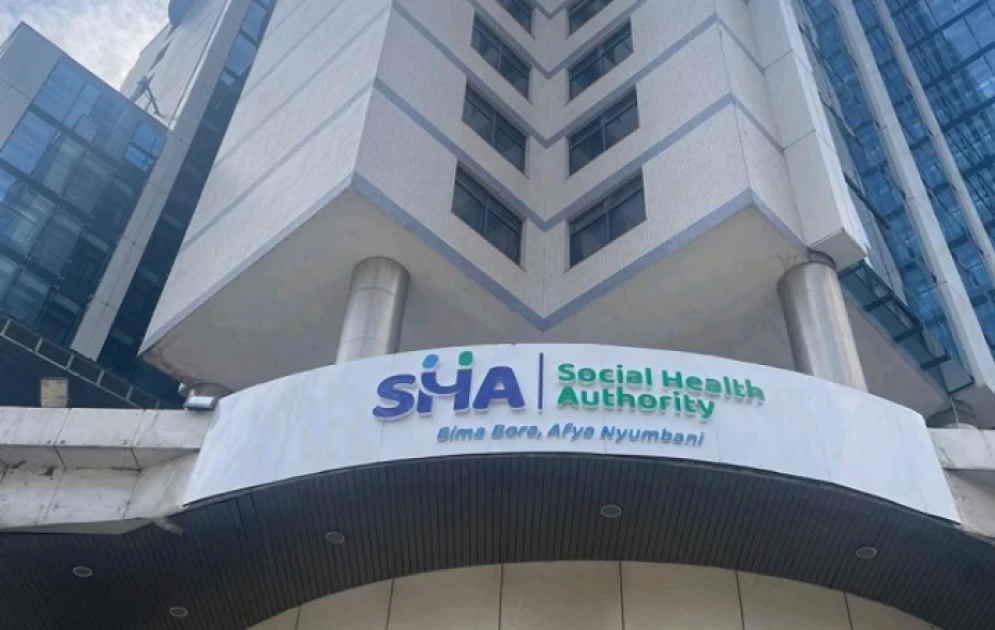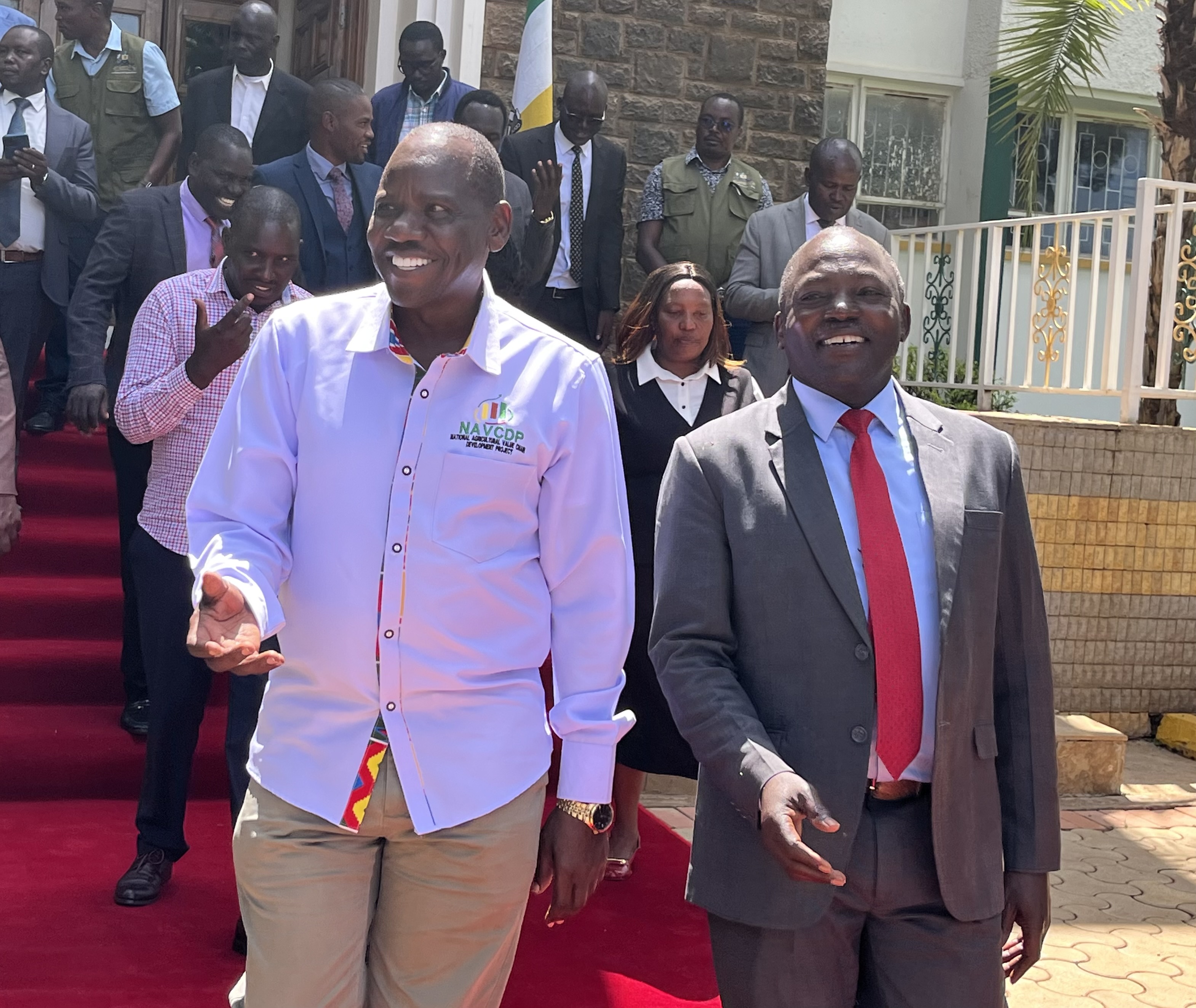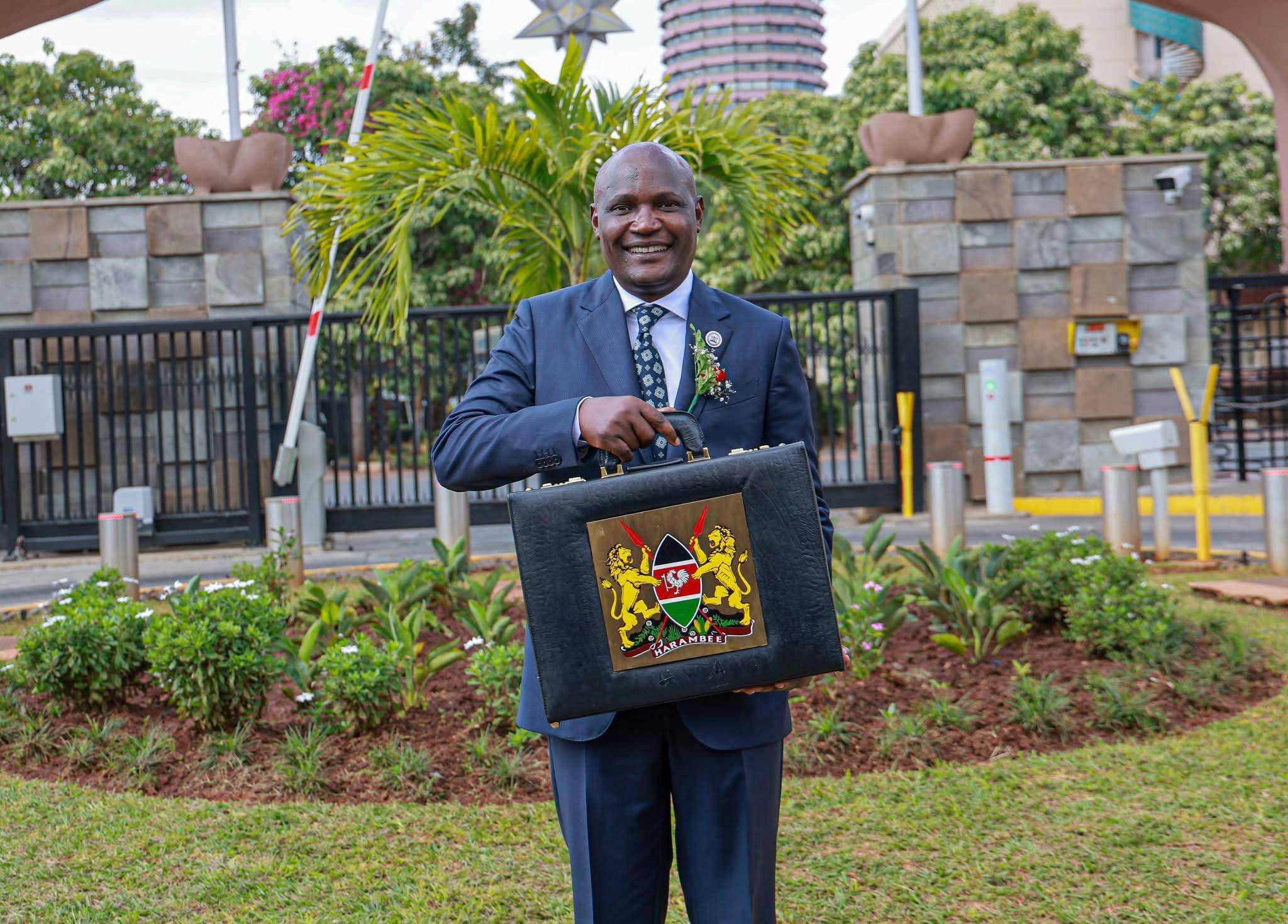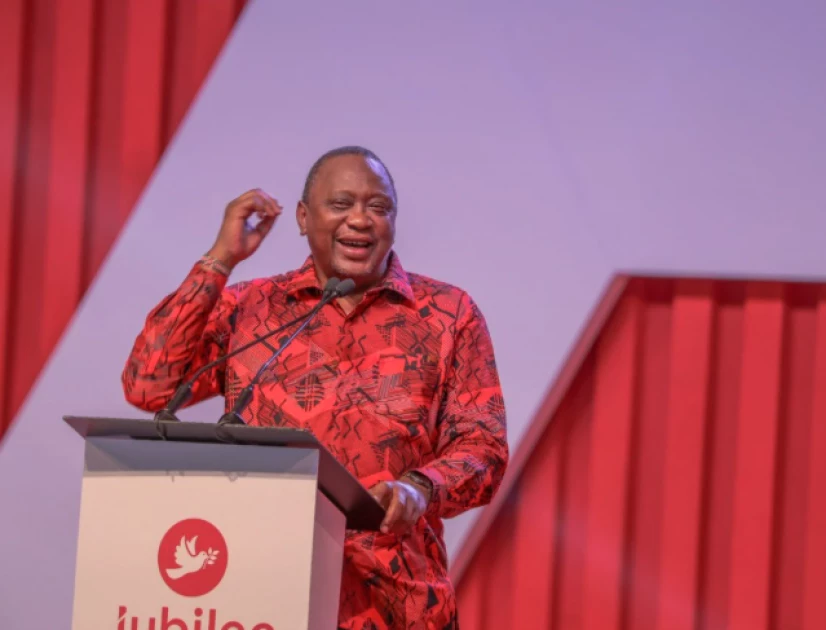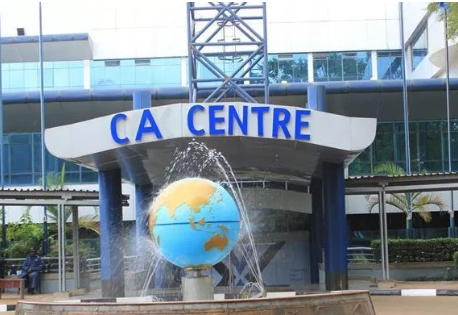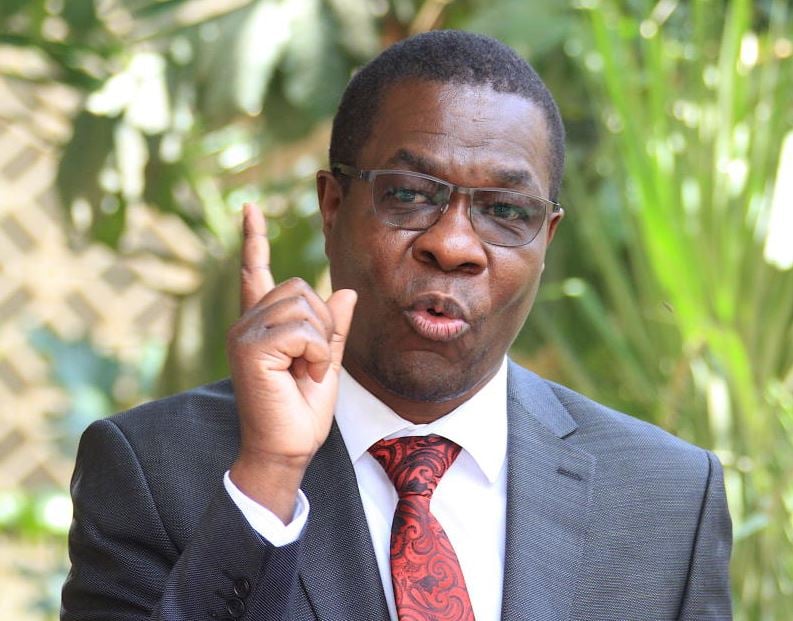Public Outcry Over New SHA ‘Lipa Pole Pole’ Payment Model Tied to Hustler Fund
The new Lipa Pole Pole model by SHA requires self-employed Kenyans to pay annual health contributions via Hustler Fund loans. This shift from monthly to lump-sum payments has sparked public concern over affordability. Many fear it burdens low-income earners and ties healthcare access to debt.
The newly introduced Lipa Pole Pole payment model under the Social Health Authority (SHA) has sparked widespread public concern among Kenyans, particularly those who are self-employed or working in the informal sector. The revised payment structure, which came into effect in June, replaces the previously manageable monthly contributions with a lump-sum annual payment. This fee must now be cleared through a loan from the Financial Inclusion Fund, more commonly known as the Hustler Fund. Many Kenyans are expressing dissatisfaction with the new model, arguing that it unfairly burdens low-income earners by tying access to healthcare services to a credit facility. The transition from monthly to annual payments has been abrupt, and for many, unaffordable, leading to fear and confusion about their ability to maintain health insurance coverage.
Under the previous system, contributors like Lawrence Okumu, a boda boda rider, were paying Ksh.750 each month to SHA. However, following the policy shift, Okumu discovered he was now expected to pay Ksh.5,250 to cover the remaining months of the year in a single installment. The system prompted him to use the Lipa Pole Pole option, which redirected him to take out a Hustler Fund loan. Okumu and others like him are questioning the financial logic of being forced into debt to secure a service that is essential to their well-being. He noted that while he was previously paying about Ksh.9,000 annually, the new arrangement would cost him Ksh.12,375—an increase of Ksh.3,375, which he cannot afford. The increase has led many to wonder why the government is imposing such a burden on ordinary citizens already grappling with high living costs.
For individuals such as George Martin, a matatu driver, the new model is impractical and unworkable. He points out that if many people struggled to pay the monthly Ksh.600 or Ksh.750, how then can they be expected to raise several thousand shillings at once? Instead of offering relief, the new policy appears to complicate the situation by replacing a flexible and familiar payment schedule with one that demands immediate and substantial financial commitment. Moreover, using a loan to pay for healthcare contributions seems counterintuitive, especially in an economy where credit accessibility is uneven, and loan repayments could take away from essential daily needs like food, rent, and education.
The government, for its part, argues that the integration of SHA with the Hustler Fund is meant to streamline healthcare financing and ensure more Kenyans can access medical services without delay. President William Ruto, in his Madaraka Day speech, emphasized that those unable to pay the lump sum would be assisted through loans, which could be repaid in daily, weekly, or monthly installments. However, this promise has not eased public concern. Many people feel that being forced to borrow money to access a basic right like healthcare defeats the purpose of public health insurance. The idea of converting a social service into a credit-dependent one has generated backlash, with many Kenyans urging the government to reconsider and restore the previous monthly model.
According to data from State House, over 23.3 million Kenyans have registered with SHA, yet only 2,946 have signed up for the Lipa Pole Pole loan program. This vast disparity indicates that the majority of Kenyans may be reluctant or unable to embrace the new model. Citizens argue that healthcare should not be pegged on ones ability to repay a loan. Instead, the system should be accessible, affordable, and considerate of the economic challenges faced by millions of low-income earners. As the debate continues, one thing is clear: the public expects a healthcare system that supports them, not one that pushes them deeper into financial uncertainty.


